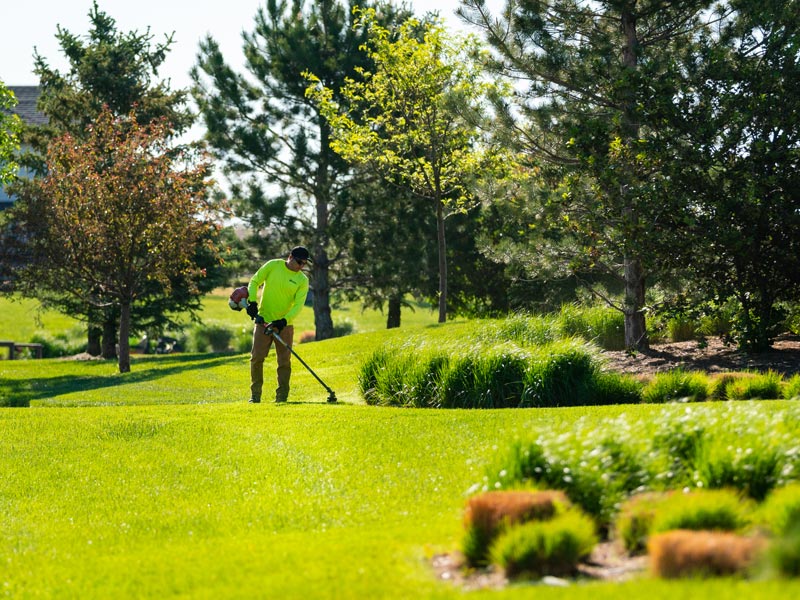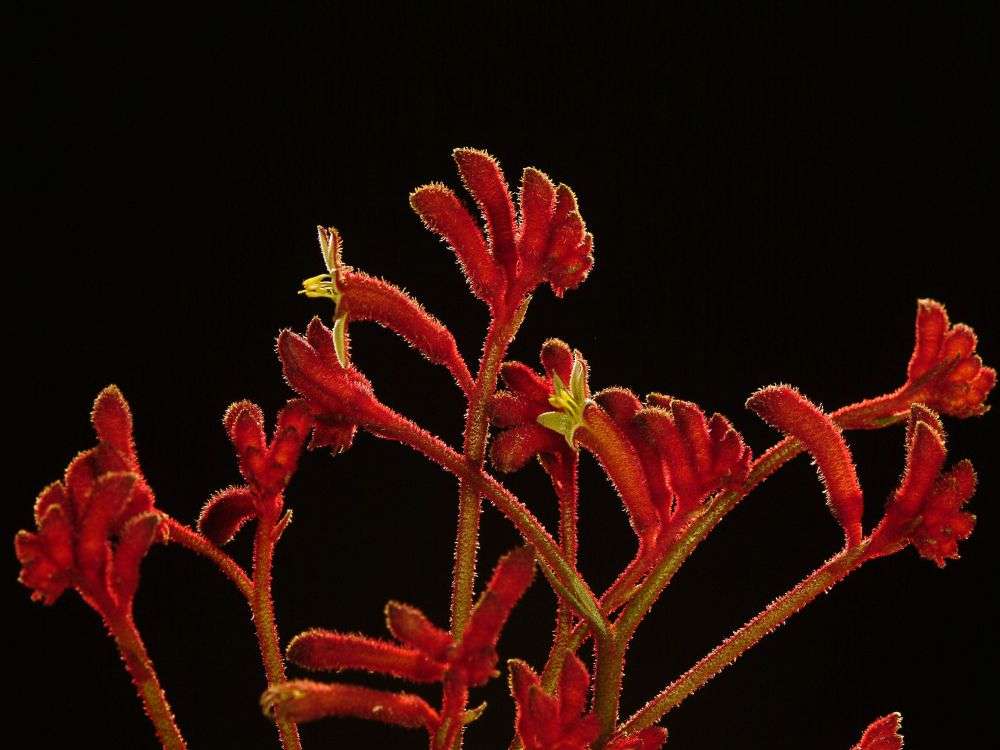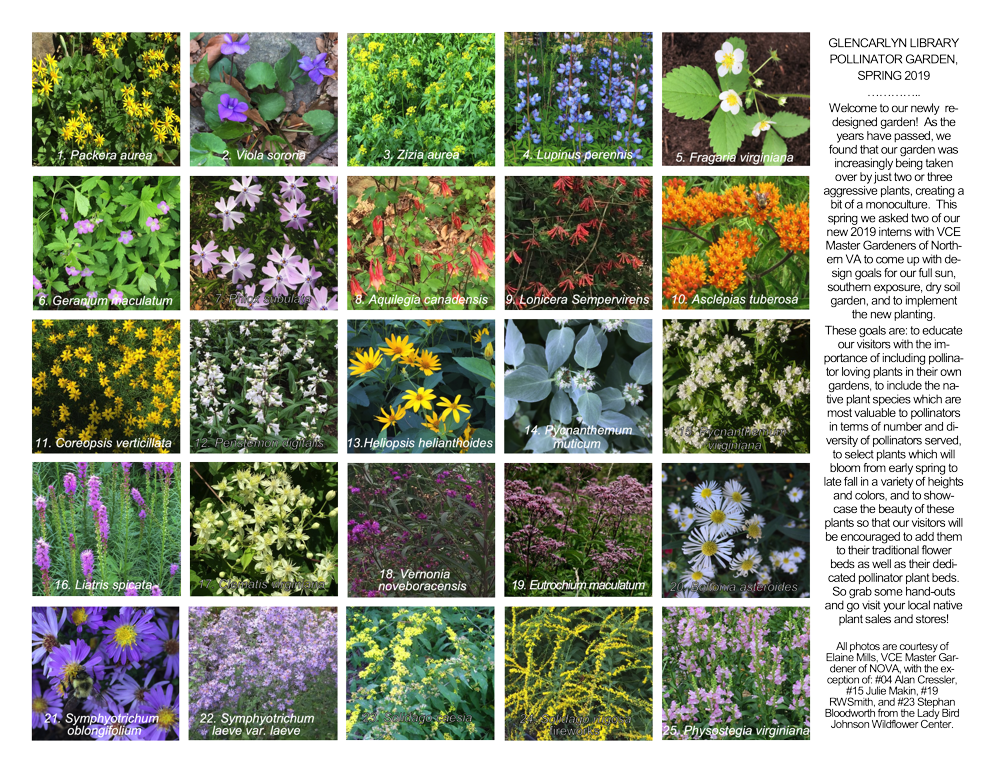
Introduction: Embracing a Sustainable Approach to Landscape Maintenance
In a world increasingly conscious of environmental impact, the way we care for our landscapes is undergoing a significant transformation. Gone are the days when intensive chemical treatments and water-guzzling practices were the norm. Today, the focus is firmly on sustainability – creating and maintaining beautiful, healthy landscapes while minimizing our footprint on the planet. This shift isn’t just about doing what’s right; it’s about ensuring the long-term health and vitality of our ecosystems and the communities they support. Sustainable landscape maintenance is more than a trend; it’s a fundamental change in how we approach the spaces that surround us.
This comprehensive guide delves into the core principles and practical strategies of sustainable landscape maintenance. We’ll explore everything from water conservation and soil health to pest management and responsible plant selection. Whether you’re a seasoned gardener, a homeowner looking to green your thumb, or a landscape professional seeking to enhance your practices, this article provides the knowledge and tools you need to cultivate a greener, more resilient landscape.
Understanding the Pillars of Sustainable Landscape Maintenance
Sustainable landscape maintenance rests on several key pillars, each contributing to a holistic approach that benefits both the environment and the landscape itself. These pillars are interconnected, working together to create a thriving ecosystem. Let’s explore these foundational principles:
Water Conservation: Preserving a Precious Resource
Water is a fundamental element of life, and its responsible use is paramount in sustainable landscaping. Water conservation involves implementing strategies that minimize water consumption while ensuring the health and beauty of your landscape. This includes:
- Efficient Irrigation Systems: Employing drip irrigation, soaker hoses, and smart irrigation controllers that adjust watering schedules based on weather conditions and plant needs. This minimizes water waste through evaporation and runoff.
- Xeriscaping and Drought-Tolerant Plants: Choosing plants that are naturally adapted to your local climate and require minimal watering. Xeriscaping, the practice of landscaping with drought-tolerant plants, can significantly reduce water usage.
- Mulching: Applying mulch around plants helps retain soil moisture, suppress weeds, and regulate soil temperature, reducing the need for frequent watering.
- Rainwater Harvesting: Collecting rainwater in barrels or cisterns for irrigation purposes. This provides a free and sustainable source of water for your landscape.
Soil Health: The Foundation of a Thriving Landscape
Healthy soil is the cornerstone of a vibrant landscape. Sustainable practices prioritize soil health by:
- Composting: Adding compost to the soil enriches it with organic matter, improving its structure, water retention, and nutrient content.
- Avoiding Chemical Fertilizers: Opting for organic fertilizers and soil amendments that nourish the soil and support beneficial microorganisms.
- Cover Cropping: Planting cover crops to prevent soil erosion, suppress weeds, and improve soil fertility.
- Minimizing Soil Compaction: Avoiding heavy foot traffic and machinery on the soil to maintain its porosity and allow for proper air and water circulation.
Responsible Pest Management: Protecting Beneficial Insects and Wildlife
Sustainable pest management focuses on preventing pest problems and using the least toxic methods possible to control them. This includes:
- Integrated Pest Management (IPM): Implementing a comprehensive approach that combines various strategies, such as cultural practices, biological controls, and targeted pesticide applications, to minimize pest damage.
- Promoting Beneficial Insects: Creating habitats that attract and support beneficial insects, such as ladybugs and lacewings, which prey on common pests.
- Choosing Pest-Resistant Plants: Selecting plant varieties that are less susceptible to pests and diseases.
- Avoiding Broad-Spectrum Pesticides: Using pesticides only as a last resort and opting for targeted, less toxic options that minimize harm to beneficial insects and wildlife.
Plant Selection: Choosing the Right Plants for the Right Place
Selecting plants that are well-suited to your local climate, soil conditions, and microclimates is crucial for sustainable landscaping. This involves:
- Native Plants: Prioritizing native plant species that are adapted to the local environment and require less water, fertilizer, and pest control. Native plants also provide valuable habitat and food sources for local wildlife.
- Understanding Plant Needs: Researching the specific needs of each plant, including sunlight, water, and soil preferences, to ensure they thrive in their chosen location.
- Considering Plant Spacing: Planting plants at the appropriate spacing to allow for adequate air circulation and prevent overcrowding, which can increase the risk of pests and diseases.
- Avoiding Invasive Species: Refraining from planting invasive species that can outcompete native plants and disrupt local ecosystems.
Implementing Sustainable Landscape Maintenance Practices
Now that we’ve explored the core principles, let’s delve into the practical strategies you can implement to create and maintain a sustainable landscape.
Water-Wise Landscaping Techniques
Water conservation is a cornerstone of sustainable landscaping. Here are some practical techniques to reduce water consumption:
- Watering Efficiently: Water deeply and infrequently, allowing the water to penetrate the soil and encourage deep root growth. Water early in the morning to minimize water loss through evaporation.
- Using Rain Barrels: Collect rainwater from your roof and use it to water your plants. This is a free and sustainable source of water that reduces your reliance on municipal water.
- Installing Drip Irrigation: Drip irrigation systems deliver water directly to the roots of plants, minimizing water waste and promoting healthy growth.
- Xeriscaping Design: Design your landscape with drought-tolerant plants, gravel mulches, and other features that reduce water needs.
Building Healthy Soil
Healthy soil is the foundation of a thriving landscape. Implement these practices to improve soil health:
- Composting: Compost kitchen scraps, yard waste, and other organic materials to create nutrient-rich soil amendments.
- Mulching: Apply a layer of mulch around plants to retain soil moisture, suppress weeds, and regulate soil temperature.
- Using Organic Fertilizers: Choose organic fertilizers that nourish the soil and support beneficial microorganisms.
- Avoiding Soil Compaction: Avoid heavy foot traffic and machinery on the soil to maintain its porosity.
Sustainable Pest and Weed Control
Protect your landscape from pests and weeds with these eco-friendly strategies:
- Identifying Pests and Weeds: Accurately identify pests and weeds before taking action. This allows you to choose the most effective and targeted control methods.
- Encouraging Beneficial Insects: Create habitats that attract and support beneficial insects, such as ladybugs and lacewings, which prey on common pests.
- Using Biological Controls: Introduce natural predators or parasites to control pest populations.
- Hand-Weeding and Mulching: Manually remove weeds and use mulch to suppress weed growth.
- Using Least-Toxic Pesticides: If pesticides are necessary, choose targeted, less toxic options that minimize harm to beneficial insects and wildlife.
Sustainable Mowing and Pruning Techniques
Proper mowing and pruning techniques can contribute to the health and beauty of your landscape:
- Mowing High: Raise your mower blades to allow grass to grow taller, which helps shade the soil, retain moisture, and outcompete weeds.
- Mowing Frequently: Mow frequently enough to remove no more than one-third of the grass blade at a time.
- Leaving Grass Clippings: Leave grass clippings on the lawn to decompose and return nutrients to the soil (grasscycling).
- Pruning Strategically: Prune plants at the appropriate time of year and using proper techniques to promote healthy growth and flowering.
Choosing the Right Plants for a Sustainable Landscape
Plant selection is a crucial aspect of sustainable landscaping. Consider these factors when choosing plants:
Native vs. Non-Native Plants
Native plants are adapted to the local climate and soil conditions, making them a more sustainable choice. They require less water, fertilizer, and pest control than non-native plants. They also provide valuable habitat and food sources for local wildlife. While non-native plants can be beautiful, they often require more intensive care and can sometimes become invasive.
Planting for Biodiversity
Choose a diverse mix of plants to attract a wide range of beneficial insects, birds, and other wildlife. This creates a more resilient and balanced ecosystem. Consider planting a variety of flowering plants to provide nectar and pollen for pollinators.
Grouping Plants by Water Needs
Group plants with similar water needs together to simplify watering and minimize water waste. This is especially important in areas with limited water resources.
Considering Microclimates
Pay attention to microclimates within your landscape, such as areas that are shady, sunny, or windy. Choose plants that are well-suited to these specific conditions.
The Benefits of Sustainable Landscape Maintenance
Embracing sustainable landscape maintenance practices offers a multitude of benefits, both for the environment and for the people who enjoy these spaces. Here are some key advantages:
Environmental Benefits
- Reduced Water Consumption: Sustainable practices, such as efficient irrigation and drought-tolerant plants, significantly reduce water usage, conserving a precious resource.
- Improved Soil Health: Composting, mulching, and organic fertilization enhance soil health, improving its ability to retain water, nutrients, and support plant growth.
- Reduced Pollution: Minimizing the use of chemical fertilizers and pesticides reduces pollution of water and soil, protecting human and environmental health.
- Enhanced Biodiversity: Sustainable landscaping practices, such as planting native plants and creating wildlife habitats, promote biodiversity and support local ecosystems.
- Reduced Greenhouse Gas Emissions: Sustainable practices, such as composting and using electric or manual lawn equipment, can reduce greenhouse gas emissions.
Economic Benefits
- Reduced Water Bills: Efficient irrigation systems and drought-tolerant plants can significantly lower water bills.
- Reduced Fertilizer and Pesticide Costs: Organic fertilizers and pest control methods can be more cost-effective than chemical alternatives in the long run.
- Increased Property Value: A well-maintained, sustainable landscape can increase property value and curb appeal.
- Lower Maintenance Costs: Sustainable practices, such as mulching and choosing low-maintenance plants, can reduce the time and effort required for landscape maintenance.
Health and Well-being Benefits
- Improved Air Quality: Plants filter pollutants from the air, improving air quality and promoting human health.
- Stress Reduction: Spending time in nature and enjoying a beautiful landscape can reduce stress and improve mental well-being.
- Enhanced Aesthetics: Sustainable landscapes are often more beautiful and aesthetically pleasing than conventional landscapes.
- Creation of Outdoor Recreation Spaces: Sustainable landscapes can create inviting spaces for recreation, relaxation, and social interaction.
Overcoming Challenges and Embracing the Future
While the transition to sustainable landscape maintenance offers numerous benefits, it can also present some challenges. Here’s how to navigate them:
Common Challenges
- Initial Investment: Some sustainable practices, such as installing drip irrigation or purchasing rain barrels, may require an initial investment.
- Knowledge and Education: Learning about sustainable practices and finding qualified professionals can require time and effort.
- Changing Habits: Shifting from conventional practices to sustainable methods may require changing habits and adopting new approaches.
Solutions and Strategies
- Research and Planning: Thoroughly research sustainable practices and plan your landscape projects carefully.
- Phased Implementation: Implement sustainable practices gradually, starting with small changes and expanding over time.
- Seek Professional Advice: Consult with landscape professionals who specialize in sustainable practices.
- Educate Yourself: Stay informed about the latest sustainable landscaping techniques and technologies.
- Embrace Community: Connect with other gardeners and landscape enthusiasts to share ideas and learn from each other.
The future of landscape maintenance is undeniably sustainable. As awareness of environmental issues grows, the demand for sustainable practices will continue to increase. By embracing these practices, you can contribute to a healthier planet and create beautiful, thriving landscapes for generations to come. The journey toward a sustainable landscape is a rewarding one, offering a deeper connection to nature, a healthier lifestyle, and a brighter future for all.
Conclusion: Cultivating a Sustainable Legacy
Sustainable landscape maintenance is not merely a set of practices; it’s a philosophy, a commitment to nurturing the environment and creating spaces that thrive in harmony with nature. By embracing the principles and strategies outlined in this guide, you can transform your landscape into a vibrant ecosystem that benefits both the environment and your well-being. The choices we make today in how we care for our landscapes will shape the world we leave for future generations. Let’s cultivate a sustainable legacy, one garden, one lawn, one landscape at a time.



